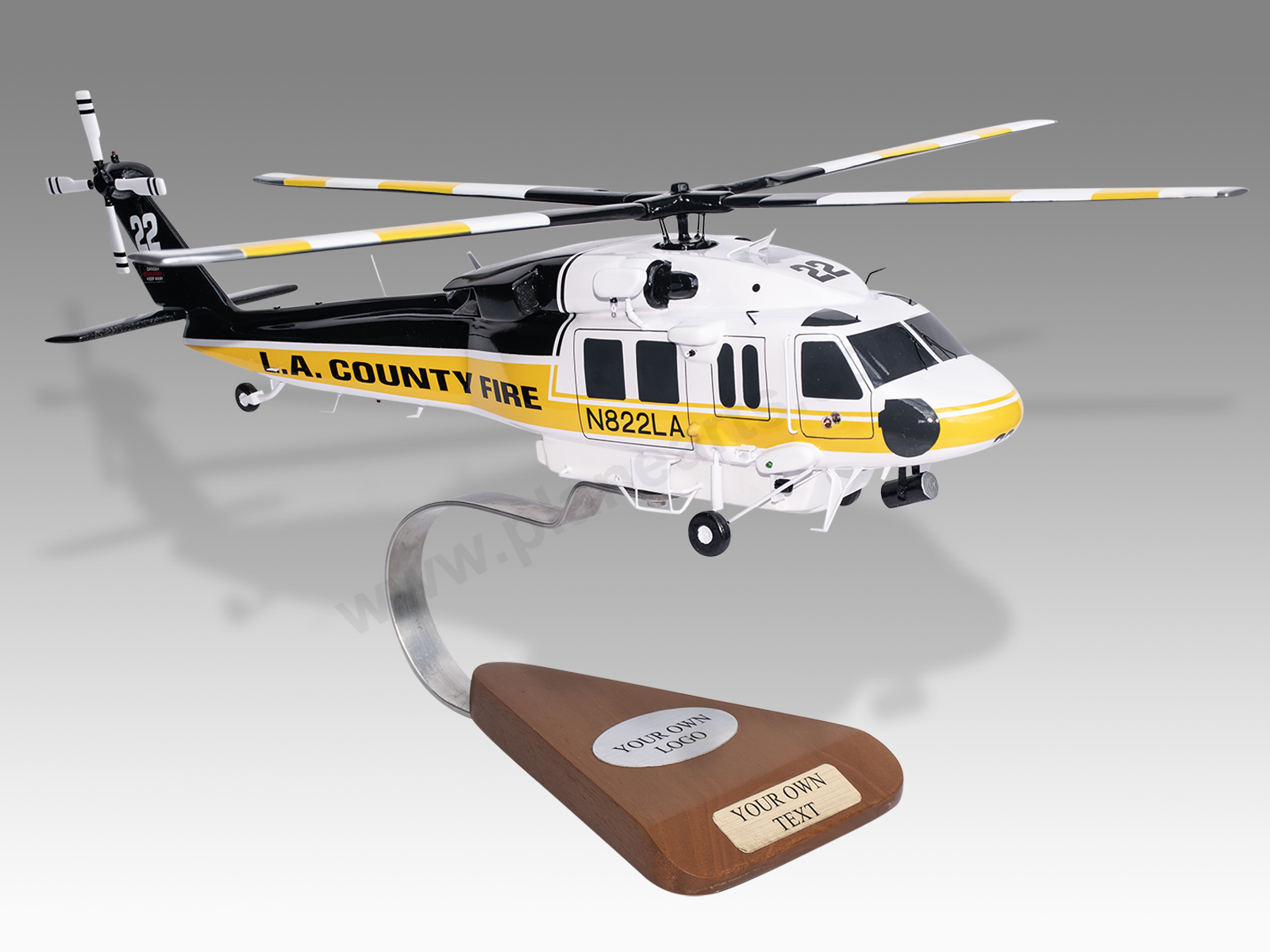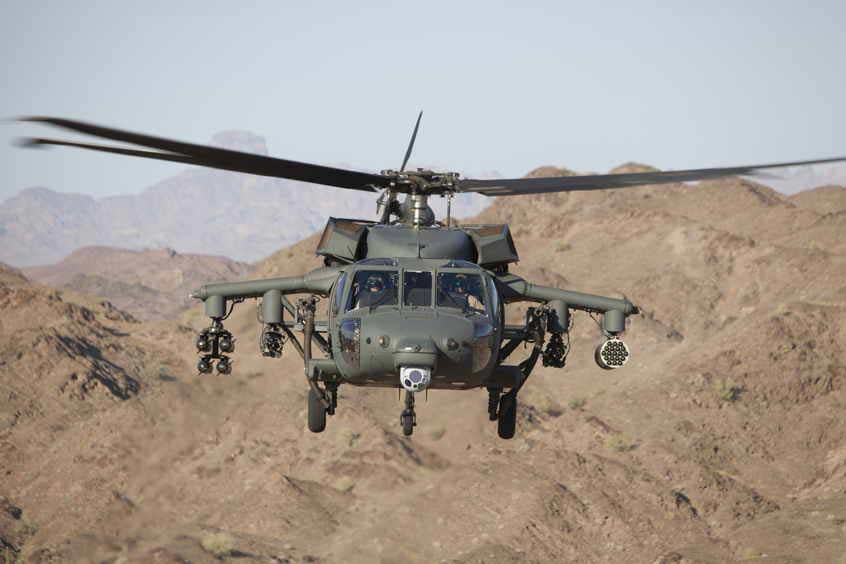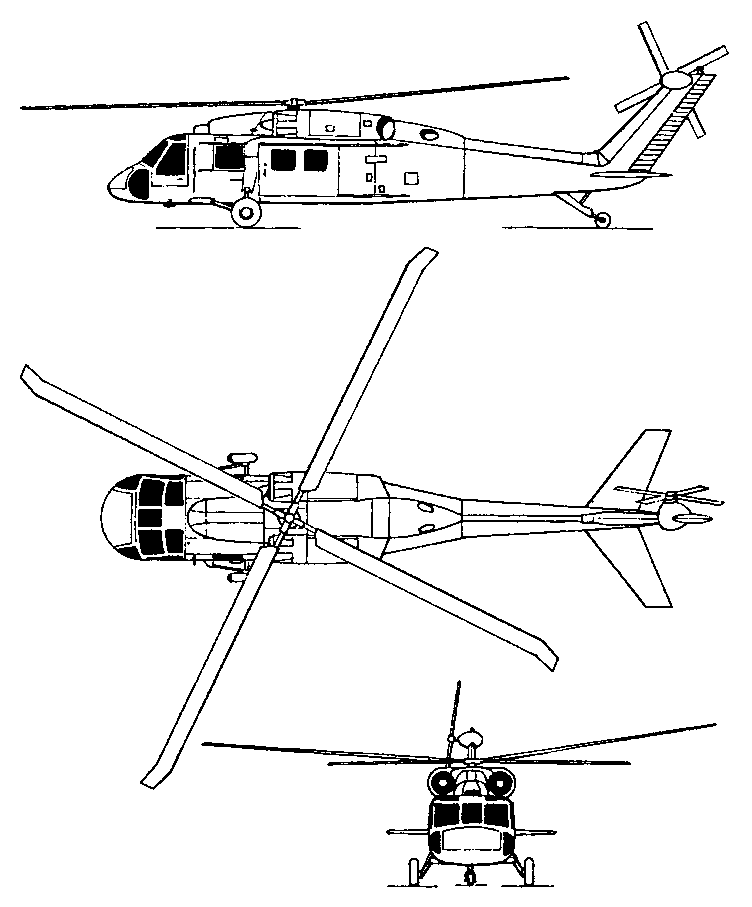Next-Generation Energy Helicopter Outfitted With High-Tech Equipments and Cutting-edge Style Features
The most current iteration of energy helicopters stands for a jump ahead in aerial engineering, boasting a variety of high-tech systems and innovative style functions that redefine the capacities of these versatile aircraft. As we discover the intricacies of its ingenious style elements and boosted performance abilities, a look right into the future of helicopter technology unfolds, promising a transformation in energy aeronautics.
Advanced Avionics Assimilation
Incorporating advanced avionics systems improves the functional capacities and safety features of the next-generation utility helicopter. These sophisticated avionics innovations play a crucial role in enhancing situational recognition, navigating accuracy, and total goal performance. By incorporating advanced systems such as digital glass cabins, fly-by-wire controls, and progressed interaction suites, the helicopter gets improved dexterity, responsiveness, and efficiency in various operational circumstances.
The electronic glass cabin gives pilots with a thorough display screen of trip information, navigating info, and sensor inputs, permitting simpler info processing and decision-making during missions. Fly-by-wire controls supply specific and flexible handling attributes, boosting ability to move and responsiveness while minimizing pilot workload. Additionally, the innovative communication suites make it possible for smooth combination with ground control, other airplane, and command centers, guaranteeing effective coordination and real-time information exchange.

Ingenious Layout Components
The consolidation of innovative style components in the next-generation utility helicopter establishes new criteria for efficiency and efficiency in aerial procedures. Among the standout design features is the helicopter's streamlined body, which not only improves aerodynamics yet additionally permits raised speed and maneuverability. The use of light-weight composite materials in the building and construction further adds to sustain efficiency and payload abilities.

In addition, the helicopter's cutting-edge blades system, including sophisticated blade styles and materials, enhances lift capabilities while lowering sound degrees. This style aspect not only improves total efficiency however also reduces the ecological influence of the aircraft (sikorsky s 70). On the whole, the ingenious design elements included right into the next-generation utility helicopter stand for a significant leap onward in aerial technology, establishing new requirements for functional efficiency and goal efficiency
High-Tech Safety Equipments
With a focus on improving functional security, the next-generation energy helicopter is equipped with advanced sophisticated safety systems. This system uses modern sensors and software application to determine prospective barriers in the helicopter's flight course, supplying real-time signals to the pilot and enabling quick incredibly elusive activity.
Furthermore, the next-generation utility helicopter is furnished with a thorough health and usage tracking system (HUMS) HUMS continually keeps track of different elements of the helicopter, identifying any anomalies or potential problems before they rise that site into safety and security hazards. This proactive method to maintenance enhances the overall safety and integrity of the airplane, lowering the threat of in-flight emergency situations.
In addition, the helicopter is equipped with an advanced auto-pilot system that not just aids the pilot in keeping secure trip problems however likewise includes features such as auto-hover and auto-land capabilities, better boosting safety and security throughout critical stages of trip. These state-of-the-art security systems collectively contribute to making the next-generation utility helicopter a dependable and secure system for different missions.
Enhanced Efficiency Capabilities
To develop upon the foundation of innovative safety and security functions, the next-generation utility helicopter showcases an impressive selection of boosted efficiency capabilities designed to raise its operational performance and efficiency. One key element contributing to its boosted performance is the incorporation of innovative propulsion systems, such as more effective engines or sophisticated rotor styles. These renovations cause boosted rate, agility, and overall ability to move, allowing the helicopter to react swiftly to changing functional needs.
In addition, the next-generation utility helicopter is outfitted with cutting edge avionics systems that boost situational understanding for the pilots. These systems consist of advanced navigating tools, communication systems, and incorporated sensors that supply real-time data to help decision-making procedures. By leveraging innovative technology, the helicopter can operate better in varied settings and climate condition, ensuring mission success.
In addition, the enhanced performance abilities include the helicopter's payload capability and functional array. With cutting-edge design attributes and materials, the helicopter can lug heavier lots over longer distances, satisfying a vast range of objective needs. This increased effectiveness not just boosts logistics yet also broadens the helicopter's convenience in various operational scenarios.
State-of-the-Art Performance
Integrating innovative modern technology and advanced design, the next-generation energy helicopter exhibits state-of-the-art functionality. This helicopter is furnished with a series of cutting-edge attributes that enhance its operational capabilities and efficiency. One essential aspect of its functionality is the advanced avionics systems that offer pilots with real-time data and enhanced situational understanding, allowing accurate navigation and mission execution also in tough settings.

In addition, the helicopter's advanced interaction systems make sure seamless connectivity with ground control and various other airplane, promoting worked with operations and swift response to vibrant scenarios. The combination of advanced sensors and security devices even more enhances the helicopter's functionality by allowing detailed monitoring and intelligence-gathering capacities.
In addition, the helicopter's adaptive flight control systems and automated attributes improve procedures, lower pilot workload, and ensure optimum performance throughout different missions. sikorsky s 70. The unification of innovative materials and wind resistant design components likewise add to the helicopter's effectiveness, dexterity, and general capability, making it a dependable and functional possession for a variety of energy missions
Conclusion

The newest iteration of energy helicopters represents a leap onward in aerial engineering, flaunting a selection of sophisticated systems and sophisticated style features that redefine the capacities of these flexible aircraft.Including innovative avionics systems enhances the operational capabilities about his and safety and security features of the next-generation energy helicopter.With a focus on enhancing functional safety, the next-generation energy helicopter is geared up with sophisticated state-of-the-art security systems.Furthermore, the next-generation energy helicopter is equipped with advanced avionics systems that enhance situational recognition for the pilots.In conclusion, the next-generation energy helicopter showcases advanced avionics integration, ingenious layout aspects, sophisticated security systems, boosted performance abilities, and state-of-the-art performance.
Comments on “Sikorsky S 70: Reinventing Tactical Workflow with Cutting-Edge Modern Technology”